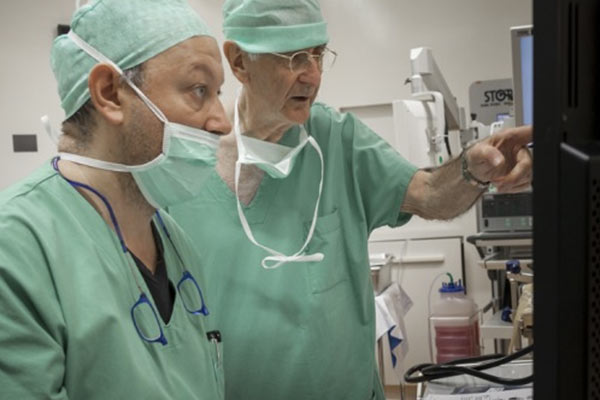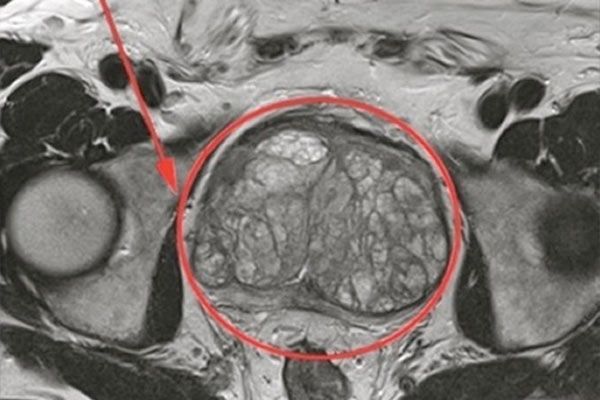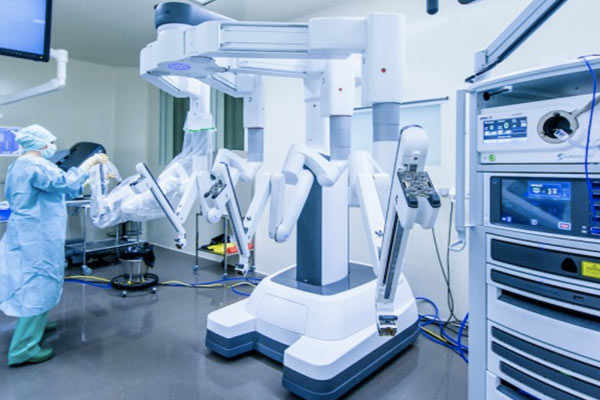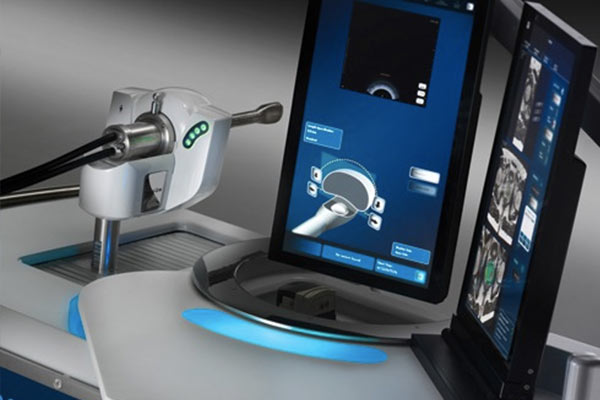Where we can help
Non-cancerous enlargement
Benign prostatic hypertrophy (BPH) is a common disease in men, most often seen after the age of 60. Clinically, it results in lower urinary tract symptoms (LUTS).
Robot da Vinci®
From its inception, through the endoscopic aspect of its interventions, urology has been a specialty at the forefront of minimally invasive surgery.
Focal therapy for prostatic cancers
Diagnoses relating to prostatic cancers have become increasingly precise and effective the last few years thanks to on one side the development of MRI...
Post-operative care complication
Incontinence
Most often, urinary incontinence in men is secondary to prostate surgery. Fortunately, this is rare but is a major inconvenience, especially if the patient is obliged to use protection regularly.
Erectile dysfunction
Among the possible consequences of surgery for prostate cancer, erectile dysfunction can greatly affect the quality of life of a man otherwise cured from his illness.




